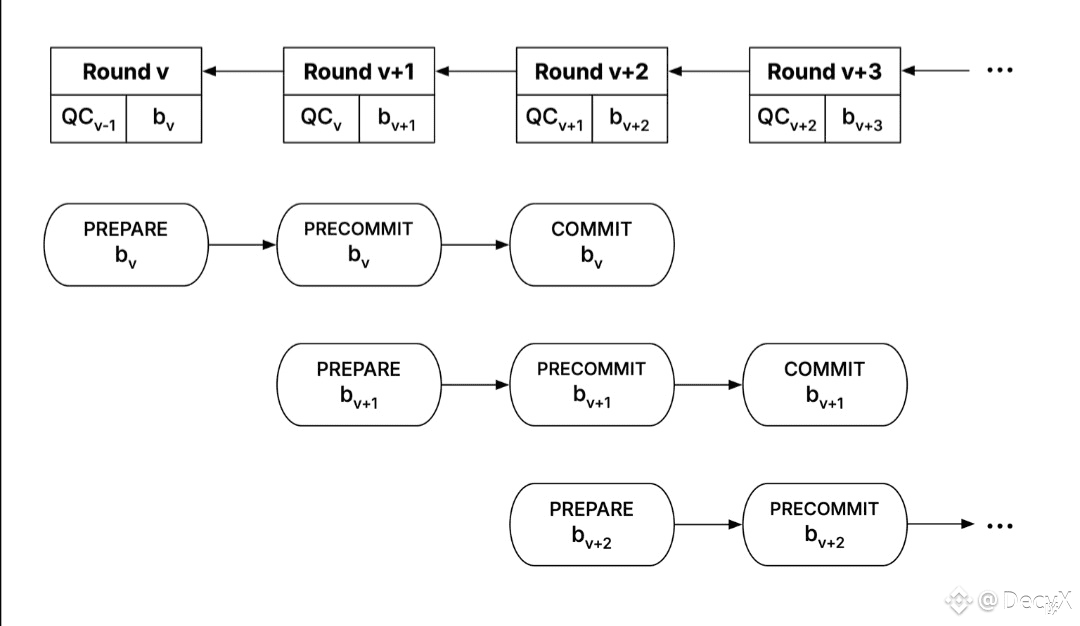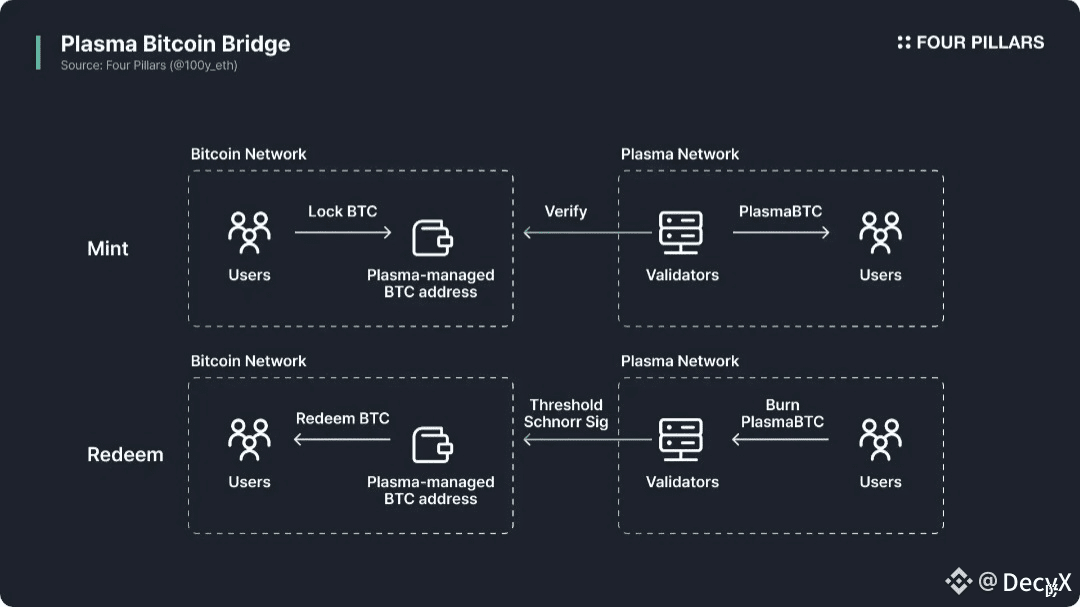Plasma is one of the most innovative and widely discussed frameworks in the blockchain space, specifically designed to address Ethereum’s longstanding scalability challenges. Ethereum has always been a powerful and versatile platform for decentralized applications, but as adoption grows, the network faces congestion, high transaction fees, and slower processing times. Plasma solves this problem by creating hierarchical chains that operate on top of Ethereum, known as child chains, which process the majority of transactions off-chain while periodically submitting cryptographic proofs to the main Ethereum chain. This design allows Ethereum to handle significantly more users and transactions without compromising security or decentralization.
By leveraging Plasma, developers and users can enjoy faster transaction speeds, reduced costs, and a more seamless experience when interacting with decentralized applications. Plasma’s architecture aligns with the broader vision of a decentralized ecosystem where efficiency and security coexist, making it an essential framework for scaling Ethereum and supporting the next generation of Web3 applications.
The Vision of Plasma
The vision behind Plasma is to create a scalable, efficient, and secure blockchain ecosystem where users can interact freely without facing the limitations of network congestion. Ethereum’s mainnet provides unparalleled security, but the high demand for transaction processing often slows the network and increases fees. Plasma addresses these challenges by introducing child chains that operate semi-independently, handling the bulk of transactions while maintaining a connection to Ethereum for security verification.
The ultimate goal is to enable millions of users to engage with decentralized applications simultaneously, from financial services to gaming and NFT platforms, without worrying about high costs or slow processing times. Plasma provides a layered approach to scalability, ensuring that the blockchain remains efficient and secure even as adoption continues to grow.
How Plasma Works
Plasma’s operation relies on a combination of off-chain computation and on-chain validation. Child chains, which function as separate blockchains connected to Ethereum, handle most of the transactional workload. When users perform transactions on a Plasma chain, these are processed off-chain by the operators of that chain. Periodically, the child chain generates a cryptographic summary, often referred to as a Merkle root, which is submitted to the Ethereum mainnet.
This hybrid model ensures that the main Ethereum network continues to act as the ultimate arbiter of truth, providing security and dispute resolution. If any malicious activity occurs or if the child chain fails to operate correctly, users can revert to the main chain and verify their transactions. This design balances performance, security, and decentralization, allowing for high-throughput applications while preserving trustlessness.
Components of the Plasma Framework
Plasma’s architecture is composed of several key components that enable efficient operation and secure transactions. The root chain, which is Ethereum, functions as the base layer, guaranteeing security and finality for all connected child chains. Each child chain operates semi-independently, handling transactions locally but submitting periodic proofs to Ethereum to maintain trust. Smart contracts on Ethereum govern the interaction between the main chain and child chains, ensuring that funds and states remain secure.
Merkle trees are used to efficiently compress and verify transaction data, enabling users to prove the validity of transactions without storing every detail on-chain. Exit mechanisms allow users to safely withdraw their assets from a child chain back to Ethereum, providing a safety net in case of disputes or failures. These components work together seamlessly, creating a scalable, secure, and flexible system that can accommodate a wide variety of applications.
Advantages of Plasma
Plasma introduces numerous advantages that make it a cornerstone of Ethereum scaling strategies. By processing the majority of transactions off-chain, Plasma drastically reduces congestion on Ethereum, enabling faster transaction speeds and a smoother user experience. Lower gas fees are a direct benefit of this off-chain processing, making it feasible for everyday transactions and micro-payments to occur on Ethereum without prohibitive costs.
Security is maintained because the Ethereum mainnet acts as the ultimate authority, with all child chains submitting cryptographic proofs to ensure integrity. Plasma also allows for the coexistence of multiple child chains, each potentially specialized for different use cases, such as gaming, financial services, or NFT platforms. This creates an environment of interoperability and flexibility, empowering developers to design applications that are both scalable and secure.
Efficiency is another key advantage, as batching transactions on child chains reduces redundant processing, speeds up confirmations, and ensures that users experience minimal delays. Plasma’s design promotes fairness by maintaining a transparent, verifiable record of all activity on the main chain, while allowing innovation to thrive on the child chains.
The Role of Plasma in Ethereum’s Ecosystem
Plasma plays a critical role in Ethereum’s broader ecosystem as a foundational scaling solution. Before the advent of rollups and other Layer 2 technologies, Plasma demonstrated that high-throughput blockchain systems could exist without compromising security or decentralization. Many modern Layer 2 solutions, such as Optimistic Rollups and zk-Rollups, draw conceptual inspiration from Plasma, highlighting its continued relevance in Ethereum’s evolution.
Plasma complements existing decentralized finance applications by providing a scalable backbone that allows large numbers of users to transact efficiently. Its hybrid off-chain and on-chain design ensures that developers can build innovative applications without worrying about congestion or prohibitive gas fees, fostering a more accessible and user-friendly environment for both creators and users.
Security and Trust in Plasma
Security is a cornerstone of Plasma’s design. Although most transactions occur off-chain, the Ethereum mainnet remains the final authority for validating all activity. Fraud proofs allow users to detect and challenge invalid transactions, ensuring that malicious behavior cannot compromise funds or data integrity.
The system is non-custodial, meaning users maintain control over their assets at all times. Even in the event of a child chain failure, exit mechanisms enable users to safely withdraw their assets to the Ethereum mainnet, preserving both capital and trust. Transparency is inherent to the design, as all proofs and exits are recorded on-chain, providing verifiable records that enhance user confidence.
Applications and Use Cases of Plasma
Plasma’s applications extend across multiple sectors, from finance to gaming and NFTs. Payment channels built on Plasma allow for instant, low-cost transfers, making it ideal for microtransactions. Gaming platforms benefit from Plasma’s high throughput, as in-game assets and interactions can occur seamlessly without congesting the Ethereum mainnet.
DeFi protocols can also integrate Plasma chains to optimize lending, borrowing, and trading, improving performance and reducing fees for users. NFT marketplaces can leverage Plasma for efficient minting, trading, and transfer of tokens, enabling a more scalable and accessible ecosystem. By providing a robust, flexible foundation, Plasma empowers developers to create innovative solutions that were previously constrained by Ethereum’s mainnet limitations.
Challenges and Considerations
Despite its advantages, Plasma faces certain challenges. The process of exiting from a child chain can be complex and time-consuming, requiring users to submit proofs and wait for finality on the main chain. Data availability is another concern, as users rely on operators to provide accurate off-chain transaction data.
Furthermore, Plasma is generally better suited for simple, high-volume transactions rather than complex smart contract interactions, which limits its direct applicability for certain DeFi or NFT use cases. However, ongoing research and hybrid approaches continue to address these limitations, making Plasma a versatile tool in the scaling landscape.

Future of Plasma
The future of Plasma lies in its continued integration with modern Layer 2 solutions and hybrid scaling architectures. Researchers are exploring combinations with zero-knowledge proofs and other cryptographic enhancements, creating ZK-Plasma models that promise even higher scalability and security.
Plasma’s foundational principles will continue to influence Ethereum scaling, particularly for specialized applications that require low-cost, high-throughput transactions. As Ethereum evolves toward sharding and more advanced Layer 2 solutions, Plasma remains a vital reference point and building block for innovative, scalable blockchain architectures.
Conclusion
Plasma represents a transformative approach to Ethereum scalability, bridging the gap between decentralization and high-performance transaction processing. By introducing child chains, off-chain computation, and secure on-chain validation, Plasma provides a scalable, efficient, and secure environment for decentralized applications.
Its principles of transparency, security, and efficiency continue to inspire modern Layer 2 solutions, while its practical applications extend across finance, gaming, NFTs, and beyond. Plasma demonstrates that scalability is achievable without sacrificing decentralization, offering a roadmap for the future of Ethereum and the broader blockchain ecosystem.
As Ethereum adoption continues to grow, Plasma’s framework will remain an essential tool for developers and users alike, enabling a high-performance, trustless, and inclusive decentralized future.



